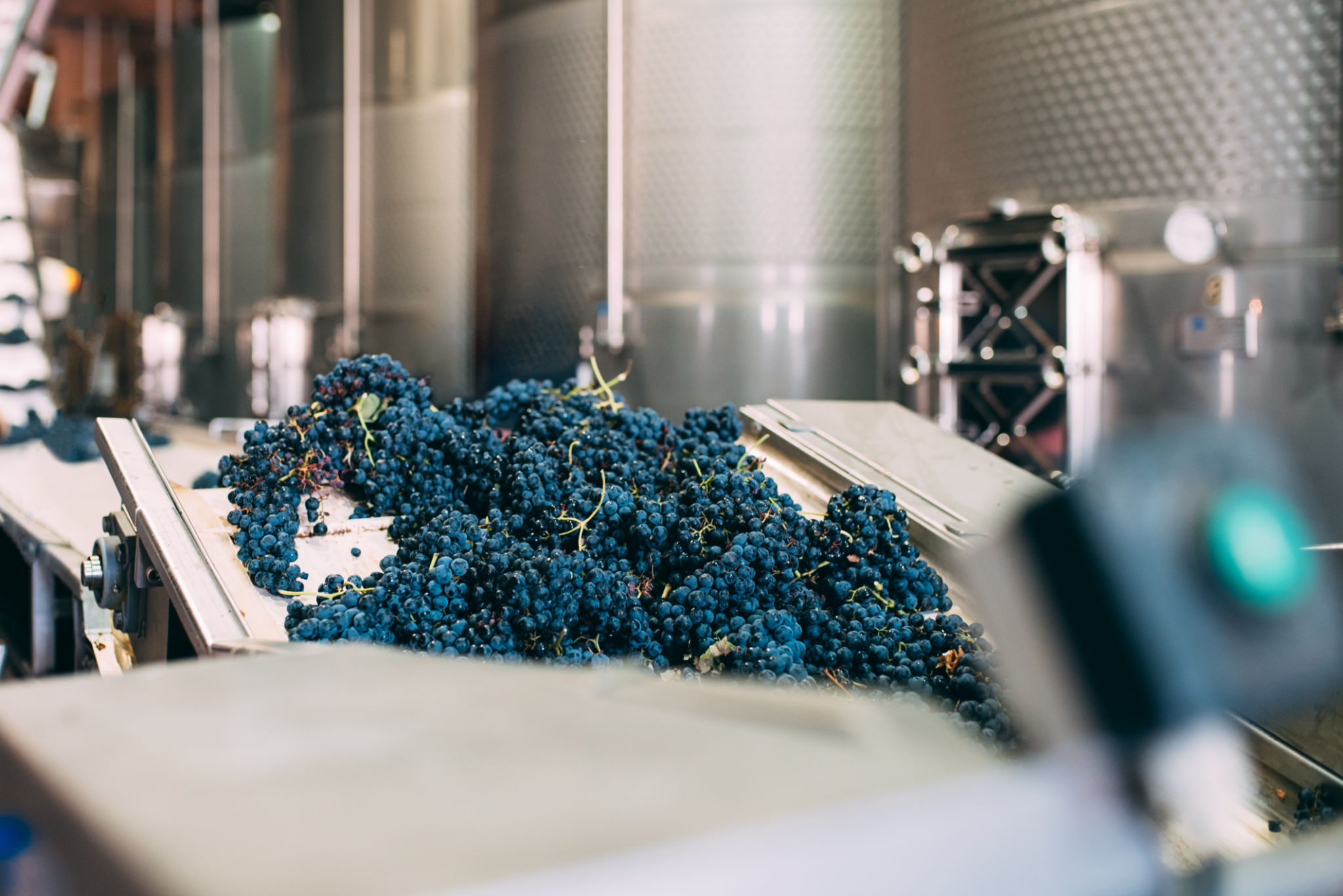Uncovering the History and Craftsmanship of Prosecco Wine
Discovering the Origins of Prosecco
Prosecco, a sparkling wine that has captured the hearts of many around the world, originates from the picturesque regions of northeastern Italy. Specifically, it hails from the Veneto and Friuli Venezia Giulia regions, where the rolling hills provide the perfect terroir for growing the Glera grape, the primary grape used in Prosecco production. The history of Prosecco dates back to Roman times, making it a wine with a rich and storied past.

Historically, Prosecco was referred to as "Puccino" in the early documents of the 16th century. It wasn't until later that the name evolved to "Prosecco," derived from a small village near Trieste. This evolution was significant as it marked the beginning of Prosecco's journey from a regional specialty to an internationally celebrated wine.
The Traditional Charm of Prosecco Production
The craftsmanship involved in producing Prosecco is both an art and a science. Unlike other sparkling wines, Prosecco is typically made using the Charmat method, also known as the tank method. This process involves secondary fermentation in large stainless steel tanks, which is a more efficient and cost-effective method compared to the traditional bottle fermentation used for Champagne. This technique allows Prosecco to maintain its fresh and fruity characteristics.

While most people associate Prosecco with bubbles and celebrations, it's essential to understand the craftsmanship behind each bottle. The Glera grape, with its delicate floral aroma and crisp acidity, is at the heart of this wine. Depending on the region and winemaker, other grape varieties like Verdiso, Bianchetta Trevigiana, and Perera might be blended with Glera to add complexity and flavor nuances.
Exploring the Different Styles of Prosecco
Prosecco comes in various styles to suit different palates. The most common styles are Spumante (fully sparkling), Frizzante (lightly sparkling), and Tranquillo (still). Each style offers a unique taste experience, ranging from dry (Brut) to sweet (Demi-Sec), allowing wine enthusiasts to enjoy Prosecco in multiple ways.

Another fascinating aspect of Prosecco is its classification system. The two primary classifications are DOC (Denomination of Controlled Origin) and DOCG (Denomination of Controlled and Guaranteed Origin). DOCG is the highest quality designation, reserved for wines produced in the most prestigious areas like Conegliano Valdobbiadene and Asolo. These regions boast ideal conditions for cultivating high-quality Glera grapes, producing Proseccos with exceptional flavor profiles.
The Global Appeal of Prosecco
In recent years, Prosecco has experienced a surge in popularity across the globe. Its approachable price point, lightness, and versatility make it a preferred choice for many occasions, from casual gatherings to formal events. The wine's ability to pair well with various cuisines adds to its appeal, making it a staple in wine lists worldwide.
The charm of Prosecco lies in its ability to capture the essence of Italian culture—celebrating life's moments with joy and simplicity. As you savor a glass of this delightful sparkling wine, you're not just enjoying its refreshing taste but also partaking in a tradition that has been cherished for centuries.